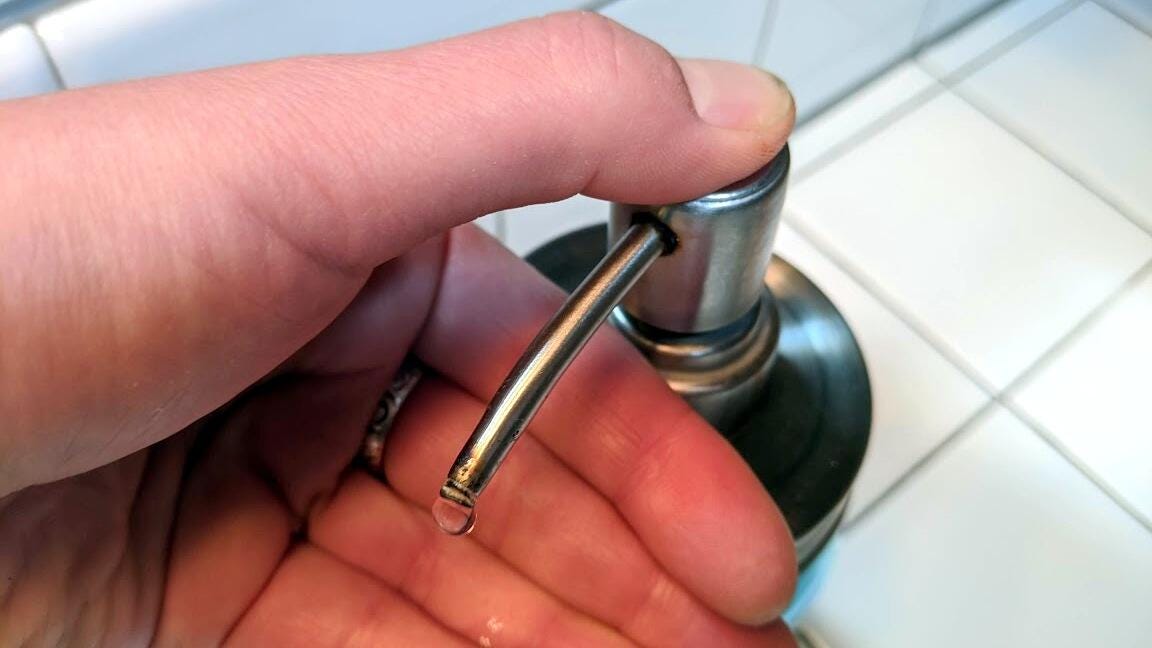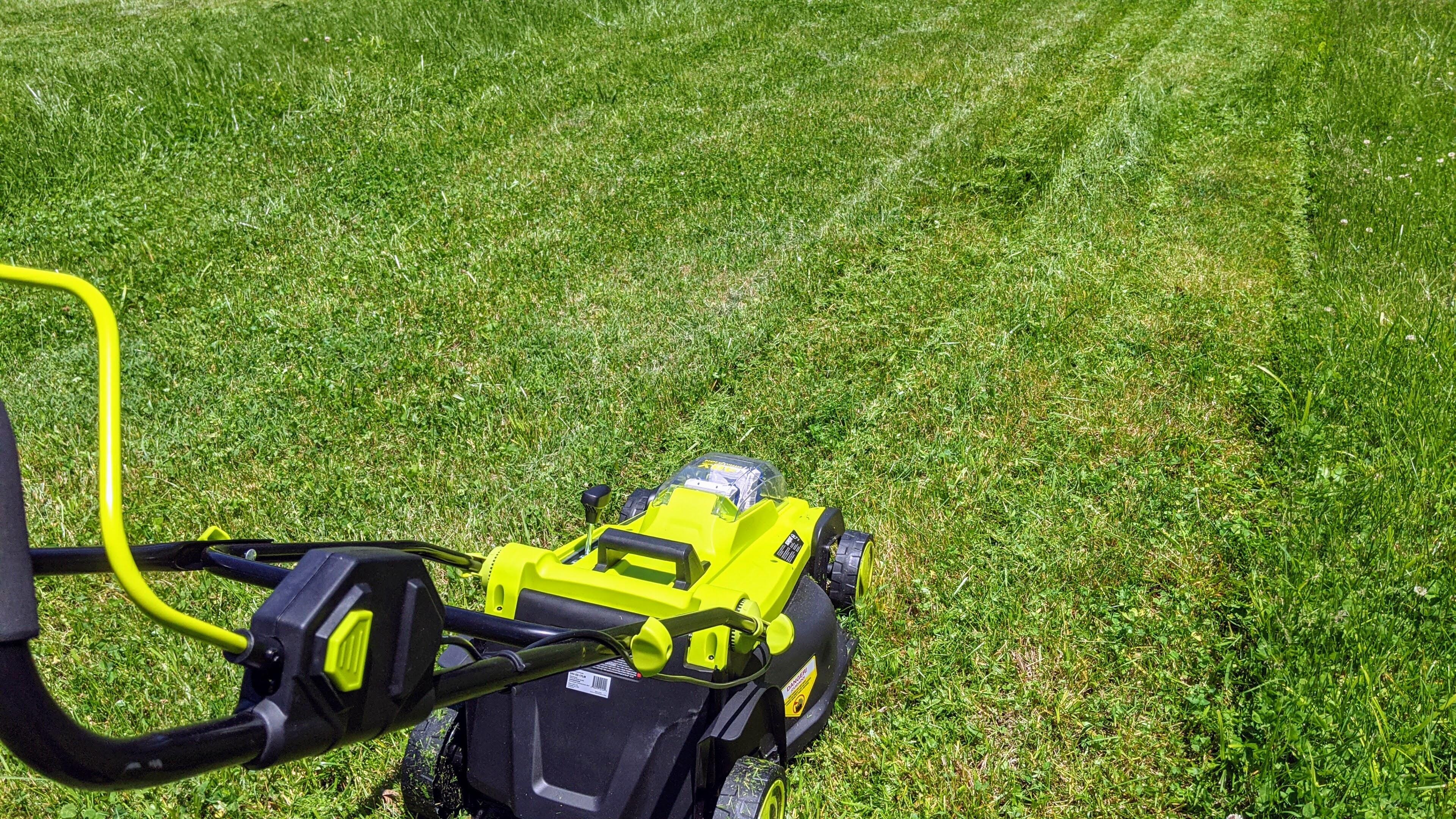
Check your dog for ticks at least once a day.
cunfek/GettyImagesI hadn't realized how many ticks were in my yard until I spotted several of the tiny, bitey bugs clinging to a small dachshund I was watching for my family this spring. Thinking they were small moles on the dog's stomach, I flashed my phone's light over the area only to discover little legs attached to the brown bumps that were making a meal of poor Kobi.
Tick season ramped up early this year, with the little arachnids latching on to any host they can find. In fact, the tick population is about 15% larger than usual, making 2021 the "tick time bomb" year. Every state is affected by at least one out of the seven ticks found in the US, all of which experts tell me can transmit diseases. And like me, many people who are new dog guardians, or owners of indoor-outdoor pets, may not think to check their furry friend for ticks after they've been roaming through tall grass and wooded areas where ticks tend to nest. That puts pets at a higher risk of getting sick, and could potentially give ticks that haven't burrowed into your pet a place to hide out in your home, waiting for their next meal. That might even be you.
Yes, there is a right way to remove ticks from your beloved pet, and there are some methods the experts I spoke with said you shouldn't use -- they could potentially harm your furball. I'll also explain how to help keep ticks off your dog and when it's time to take your pet to the vet.
Which diseases do ticks cause in pets?
Several diseases stem from ticks that have latched onto your pet for hours on end. If you're concerned your dog might have a tick-borne disease, a heartworm test for tick diseases can show if your pet has been exposed, according to Dr. Todd Ray, a veterinarian at the Leitchfield Veterinary Clinic in Kentucky. Here are two of the most common diseases dogs get from tick bites.
Ehrlichia: This is the hardest tick disease to prevent, Ray told me, and the most common tick-borne illness that dogs test positive for. Ticks can transmit ehrlichia in as little as three hours and it can be deadly for dogs. They'll go through three phases of illnesses where their blood platelet count will drop, they'll become extremely sick and could experience abnormal bleeding, according to Veterinary Partner, a pet health resource center for veterinarians.
Lyme disease: Prevalent in dogs, this disease has relatively minor effects on canines. Ray says the most common symptom of Lyme disease in dogs is that they experience painful swelling in their joints that can make a dog unable to use its legs. If left untreated, it can lead to kidney failure, as well as serious cardiac and neurological effects. Other symptoms include fever and loss of appetite, according to the American Kennel Club. The tick has to be attached for 36 to 48 hours before it transmits the disease.
If your pet is experiencing any of these symptoms, you should take them to a vet immediately.

Keep an eye on any symptoms your dog shows after a tick is removed.
Brian Bennett/CNETHow can you make sure you've removed all the parts of a tick from your dog?
It's fairly easy to tell if you've removed the entire tick, if you know what you're looking for, according to Ian Williams, entomologist and technical services manager at Orkin, which is part of the largest pest control company in the US. If you're not careful, the tick's head and mouth parts could get left behind and potentially cause an infection, but won't increase your pet's risk of disease (more below).
The best way to make sure to completely remove a tick is using tweezers. The goal is to grab the tick by its head as close to the skin as possible, Williams said.
You want to avoid squeezing too hard because you could crush the tick, making it harder to remove. Once you've got a good grip on the tick, pull straight back and not sideways -- otherwise the tick's mouth parts could be left behind. Williams says the tick will release itself.
What if you don't remove all the tick parts from your dog or cat's skin?
After removing a tick, clean the area with soap and water to sanitize the area and wash away any clinging parts. If mouth parts from the tick were left in when you tried extracting the tick, Williams says that won't pose a disease threat to your pet. If you can, try removing the parts left behind with tweezers to help avoid infections. If that's not possible, you should leave it alone and let the skin heal, according to the Centers for Disease Control and Prevention.
However, you should continue to monitor the area, as well as your dog or cat's symptoms, as it could take weeks to months before symptoms begin to show. If symptoms appear, you should take your pet to the vet to get analyzed (more below on signs it's time to visit the vet).
Also note that while not every individual tick carries diseases -- in fact, only females can transmit illness -- the young nymphs that are responsible for 90% of the spread in humans are about the size of a poppyseed, making it difficult to tell they're on your pet. It's best to remove all ticks and take other preventative measures in your yard to keep the populations from spreading (keep reading for tips).
5 methods never to use for removing ticks and why
There are home remedies that you shouldn't use on your pets -- or even on yourself -- when removing ticks. They will not work, according to the experts I spoke with.
- Never use a match or fire to try to get a tick to release itself. This can cause burn wounds on your pet's skin.
- Soap and water won't expel a tick. This is best used for cleaning the affected area after you've removed the tick.
- Alcohol. Save this for cleaning the area, not killing the tick.
- Never try to dig a tick out with a knife or other sharp object. Not only will this be painful for your pet, but it can potentially cause an infection if the object isn't sterilized.
- Covering the tick in oil to "suffocate" it is a no-no. The goal is to remove the tick as quickly as possible to keep it from transmitting disease -- don't wait for it to detach itself.

Clean the affected area after you remove the tick.
Amanda Kooser/CNETHow often should you check your dog for ticks?
Ideally, you may want to check your dog for ticks any time you let it back into the house. But that's not always possible, so if your dog or cat goes outside, at least check it daily. You can stretch the time between tick checks if your pet takes tick medication. Your yard maintenance also plays a critical role (I'll explain more below).
Again, timing is important for removing ticks to lower the risk of your pet getting a disease.
Areas of your dog you need to check for ticks
Ticks try to find areas of the skin that have folds where they can hide. When checking your dog for ticks, the CDC says to look behind and inside the ears, under the collar, under the tail and between the toes. Also check around your pet's eyelids, under the front legs and between the back legs.
In case a tick is present on your pet but hasn't yet latched on, it's safe practice to wear gloves when checking your dog for ticks, Williams says. This is to prevent the tick from attaching itself to you instead.
At what point should you take your dog to a vet?
When you remove a tick from your dog, you can save it for testing and identification. It's best to keep it alive, if possible, according to the Lyme Disease Association, and to place it in an airtight container or zip-close bag.
As for your pet, most tick-borne diseases won't show up until four to eight weeks after the tick bite, Ray says. You can make a note of when you found the tick on your dog and keep an eye on symptoms. For instance, if your pet shows signs of malaise or can't hold food down, it may be time to take it to the vet.
You should also monitor the area around the tick bite. If you notice hair loss, redness or inflammation, that's a sign of an abnormal bite. A veterinarian can assess the area and screen for tick-borne diseases.

Mow your grass to help keep ticks away.
Brian Bennett/CNETHow to keep ticks off your dog
Vaccines aren't available for most tick-borne diseases that dogs can get, according to the CDC. That's why it's important to take preventative measures to keep ticks from burrowing into your pets.
A tick repellent is one of the best methods. Dr. Byron Blagburn, a professor and researcher of veterinary parasitology at Auburn University, recommends two topical medications as being extremely effective against ticks: Vectra 3D and Advantix. He told me they may not kill ticks immediately.
Chewable tablets -- for instance, NexGard -- are also recommended by Blagburn as they go into the dog's bloodstream and kill ticks that latch on. It works because the tick absorbs the oral treatment and dies.
And yes, you can give your dog both the topical and oral treatments. Ray, the Kentucky veterinarian, advises giving your dog the oral treatment on the first of the month and applying the topical treatment halfway through the month (or on the 15th). Treatments are most effective when you space them out.
Note that you should never use human products that repel ticks on animals. Always ask your veterinarian before using products on your pets.
Landscaping your yard also helps keep ticks away
Maintaining your yard and keeping your grass mowed is another way to help keep ticks away. This is because they tend to linger in areas with tall grass and brush, waiting to grab onto their next meal. Leaving wide pathways and margins between your yard and house could help reduce your exposure to ticks, for both you and your furry friend.
If you live near a wooded area that's harder to maintain, Williams, the Orkin entomologist, suggests using pesticides labeled for ticks around that area. You can also separate your yard from the woods with mulch (this can prevent tall grasses from shooting up) or put up a fence to prevent your dog from bounding into tick-infested areas.
Now that you know how to keep your pets safe, here's how to protect yourself from Lyme disease, a serious tick-borne illness in humans.
The information contained in this article is for educational and informational purposes only and is not intended as health or medical advice. Always consult a physician or other qualified health provider regarding any questions you may have about a medical condition or health objectives.
The Link LonkJune 28, 2021 at 09:30PM
https://www.cnet.com/health/forget-cicadas-ticks-are-your-dogs-worst-enemy-this-summer-how-to-get-them-off/
Forget cicadas. Ticks are your dog's worst enemy this summer. Here's how to get them off - CNET
https://news.google.com/search?q=forget&hl=en-US&gl=US&ceid=US:en

No comments:
Post a Comment